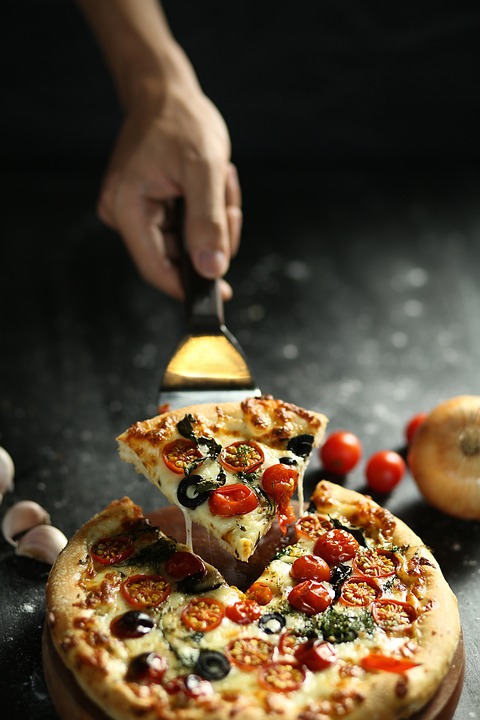Preserving food is an ancient practice that allows us to enjoy the fruits of our labor long after the harvest season has passed. With the rise of modern technology and a renewed interest in sustainability, there are more food preservation techniques available to us than ever before. In this ultimate guide, we will explore some of the most popular and effective methods for preserving food at home.
**Canning**
Canning is a time-tested method of food preservation that involves sealing food in airtight containers and then heating the containers to kill any bacteria that could cause spoilage. This method is commonly used for fruits, vegetables, jams, and pickles. To can food at home, you will need a canner or large pot, jars with lids, and a canning rack. The food is typically placed in the jar, the lid is sealed, and the jar is then boiled in the canner to create a vacuum seal.
**Freezing**
Freezing is perhaps the easiest and most common method of food preservation. By freezing food, you can extend its shelf life for months or even years. To freeze food properly, it is important to blanch vegetables before freezing to preserve their color, texture, and flavor. Meat should be wrapped tightly in plastic wrap or foil to prevent freezer burn. It is also recommended to use airtight containers or freezer bags to prevent moisture and air from seeping in and causing freezer burn.
**Dehydration**
Dehydration is the process of removing moisture from food, which inhibits the growth of bacteria and molds that cause spoilage. There are several methods of dehydrating food, including using an oven, dehydrator, or even the sun. Common foods that are dehydrated include herbs, fruits, vegetables, and jerky. Dehydrated foods can be rehydrated by soaking them in water or cooking them in liquid.
**Pickling**
Pickling is a method of food preservation that involves soaking fruits or vegetables in a brine solution of vinegar, salt, and spices. This acidic environment prevents the growth of harmful bacteria and adds a tangy flavor to the food. Pickled foods can last for months in the refrigerator or pantry. Common foods that are pickled include cucumbers, beets, and radishes. Pickling can also be done using a fermentation process, where naturally occurring bacteria create a probiotic-rich environment.
**Fermentation**
Fermentation is a process where beneficial bacteria break down sugars in food to create lactic acid, which acts as a natural preservative. Fermented foods are not only preserved but also have enhanced flavors and nutritional benefits. Common fermented foods include sauerkraut, kimchi, yogurt, and kombucha. Fermentation can be done at home using simple ingredients like salt, water, and airtight containers. It is important to monitor the fermentation process to ensure that harmful bacteria do not grow.
In conclusion, there are a variety of food preservation techniques available to home cooks, each with its own benefits and challenges. Whether you choose to can, freeze, dehydrate, pickle, or ferment your food, the key is to follow proper techniques and guidelines to ensure the safety and quality of your preserved foods. Experiment with different methods to find the ones that work best for you and enjoy the fruits of your labor year-round.
**Frequently Asked Questions**
Q: Is it safe to consume preserved foods?
A: With proper preservation techniques and storage, preserved foods can be safe to consume. It is important to follow guidelines and recommendations for each preservation method.
Q: How long can preserved foods last?
A: The shelf life of preserved foods can vary depending on the method used and the type of food. It is best to label and date your preserved foods and consume them within a reasonable time frame to ensure freshness.

